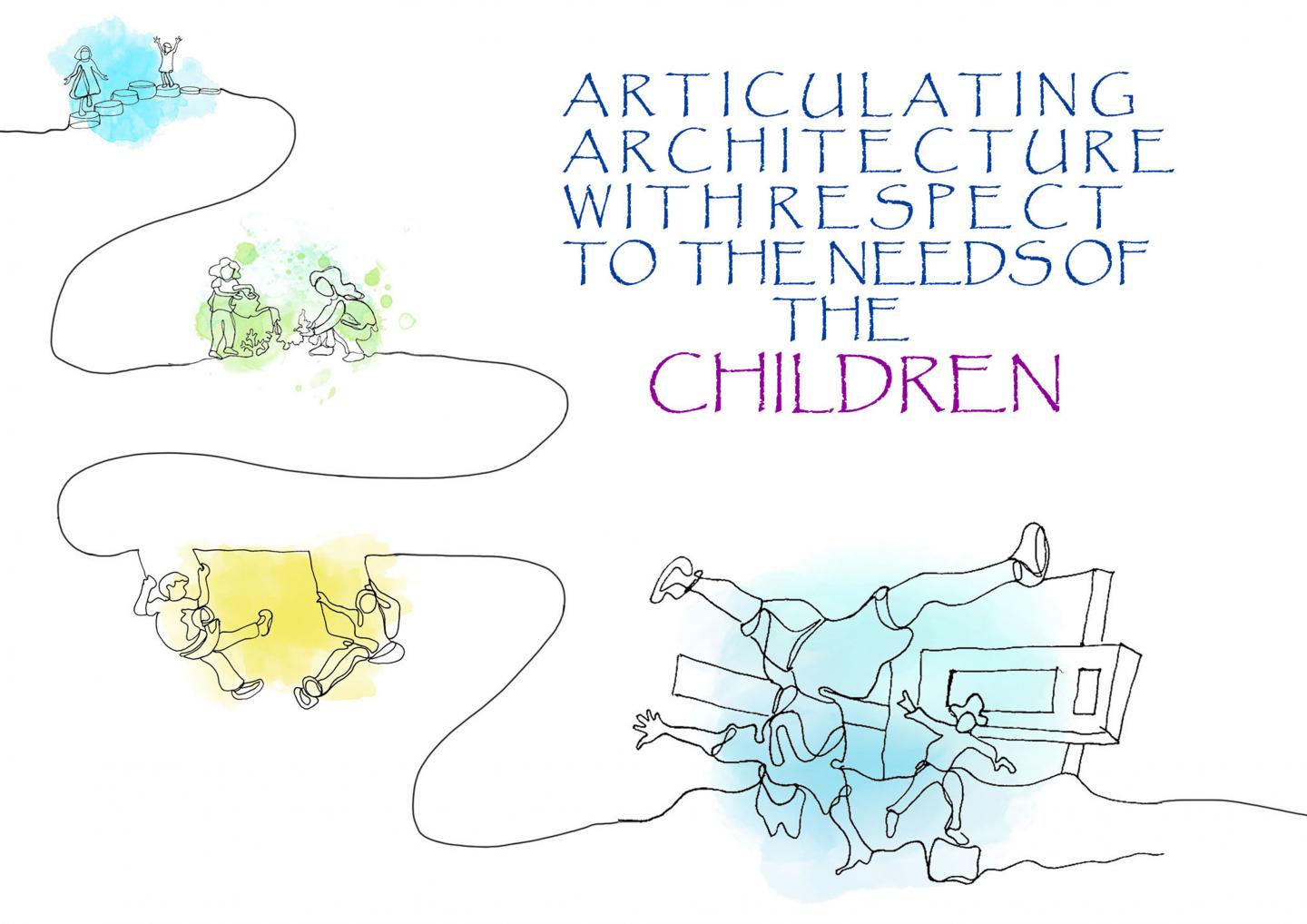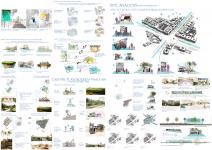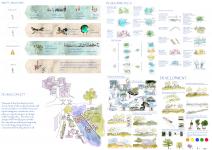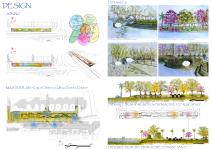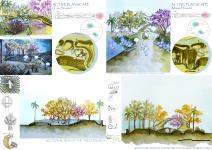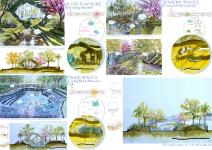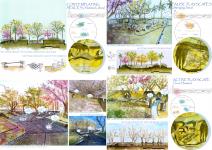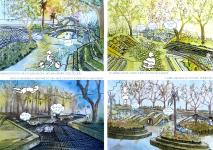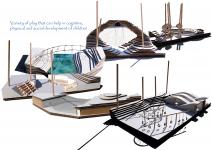Project idea:
“Children are a kind of indicator species. If we can build a successful city for children, we will have a successful city for all people.” Enrique Peñalosa, Mayor of Bogotá
Children’s environment has a great impact on their physical and mental development. Child-oriented urban planning celebrates inclusivity as it is more than just designing parks and playgrounds for children.
Despite the fact that by 2030, around 60% of the world population will be minors, little or no effort is put in by the designers, architects, urban planners, and city developers to design child-friendly cities.
Even in Pakistan spaces lack creativity and a child-oriented approach, resulting in insensitive and boring places. Due to a lack of creative spaces, children spend more time indoors, affecting their emotional and physical well-being.
COVID scenarios further aggravated the situation, making children habitual of staying indoors and spending hours glued to their mobile phones or tv screens. Besides hampering their physical strength, the continuous use of screens affects their mental development as well.
When cities are designed keeping in mind mostly adults, as the stakeholders, the spaces become only functional.
The dilemma is that even children’s spaces are not child-oriented; they lack playfulness and sensitivity towards the environment. It is for this purpose that the neighborhood parks are the subject of the research to analyze how well they cater to the developmental needs of the children.
Qualitative research methodology is used to analyze the experience of children and adults to understand their perception of the playscapes or neighborhood parks. The analysis is based on interviews, observations, analysis of neighborhood parks, and a literature review.
As per the research conducted, only 1 out of the 11 parks studied have risk-taking activities but none were designed on a child-oriented scale.
Therefore, it is recommended that when cities are planned for the future, child-oriented spaces should be the priority. The neighborhood parks should not work as dead spaces,
but have child-friendly activities to create liveliness in the area. It is imperative to consult children as well to understand their idea of playing spaces and spaces should be designed on a child-oriented scale.
Project description:
Children are genetically conditioned to explore the world and develop connections with nature and their environment. As a consequence, through play, the children are consciously grasping and knowing the natural environment. Space design and planning for young children is always focused on adult expectations that are not always important to the children's functioning.
Children's play and movement are limited by their built environment. A typical and default planning approach restricts children to use open spaces in areas such as playgrounds, and sports fields.
The environmental sustainability and responsibility of our cities and communities are endangered and in question, if children's well-being is impacted by limited outdoor play. Architecture is everywhere, but these complicated cities are not designed for children to explore and enjoy. Designing spaces from children’s perspectives will educate them to learn and observe the built environment. Adults and designers must begin with children if they desire a healthy, sustainable environment and future.
Children's independence, strength, and social interaction are all increased when they can safely move around and play in their neighborhoods. The community and the city also benefit from the cities that are safe to travel to and have joyful and playful aspects attached to it. It has also been observed that children appreciate playing anytime and anywhere, even on the streets. To design spaces from a children’s perspective is to make urban development systems more transparent, and accessible.
The advantages of child-friendly spaces and community extend beyond children, giving value to the lives of all people. Children’s ability to explore freely and their degree of interaction with nature are all important when they spend their time playing outside. This indicates how well the open environment is working not just for children but for all city inhabitants.
The research focuses on child-oriented design. It is necessary to have an understanding of the user’s needs but unfortunately, this is not the case. The importance of users of architectural spaces is often neglected. Architects' unfamiliarity with particular users’ psychological needs, especially children, is not appreciated. Architects have to look at their needs and understandings of spaces, as well as children's potential to particular environmental conditions.
Children are living and spending their time in spaces that adults provide them, neglecting their needs. Children who play outside, experience the environment and are more conscious of the world.
The built environment is the result of numerous tangible and intangible aspects of the societies, including activities, places, and users of all ages. Normally adults' thoughts, perspectives, needs, and recommendations are put into consideration, but children are ignored and neglected, even when the concerns are child-related.
The aim is to analyze neighborhood parks to make them more child-oriented and playful, a space more in line with the perspective of the children. It further wants to analyze whether the neighborhood park can enable all children to develop their physical, mental, tactile, critical, intellectual, and social skills through play. Moreover, the thesis wishes to promote risk-taking and free play outside, for children of early ages 2 to 8 years old.
Finding of the research can be utilized in the design proposal of the neighborhood parks that fulfill the physical & psychological developmental needs of the children which so far have been overlooked.
In children's mental and physical development, taking risks and facing challenges is highly significant when they are playing. They frequently use play to explore their boundaries and face them to build confidence until they learn them, even when in their early childhood.
Children should not be discouraged from things that they want to do, even if they want to take risks that can be handled.
2021
2021
Construction details:
The playscapes are designed, to imitate nature. The contours of the mounds are earth-filled, with walls retaining the mass.
Made with a wooden palette, the mouse house has a motor that converts the rotating motion into energy. The swings are made using recycled materials like tires and ropes.
The climbing tower is reinforced with a metal frame and filled with stones and aggregate and then plastered.
Whereas the treehouses are made from wooden pallets. The interior structure is a wood frame structure and the exterior is covered using wooden pallets.
Individual work
